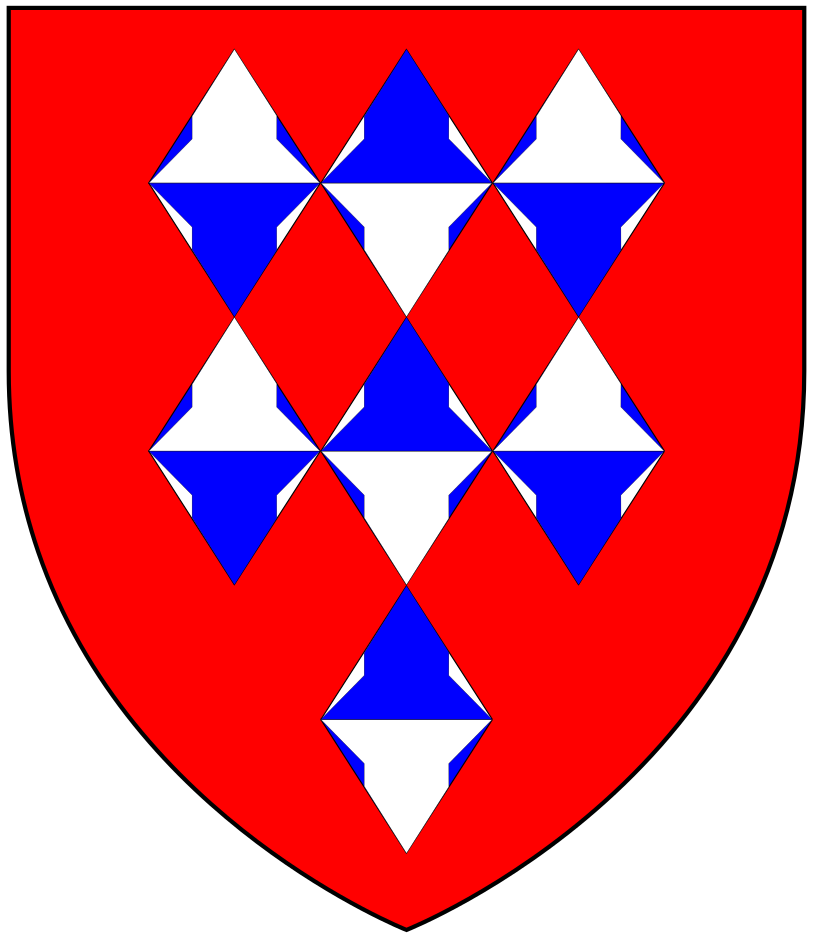Sir John Guise, 4th Baronet on:
[Wikipedia]
[Google]
[Amazon]
 Sir John Guise, 4th Baronet (1701 – May 1769), of Elmore Court and Rendcomb, both in
Sir John Guise, 4th Baronet (1701 – May 1769), of Elmore Court and Rendcomb, both in
 Sir John Guise, 4th Baronet (1701 – May 1769), of Elmore Court and Rendcomb, both in
Sir John Guise, 4th Baronet (1701 – May 1769), of Elmore Court and Rendcomb, both in Gloucestershire
Gloucestershire ( , ; abbreviated Glos.) is a Ceremonial counties of England, ceremonial county in South West England. It is bordered by Herefordshire to the north-west, Worcestershire to the north, Warwickshire to the north-east, Oxfordshire ...
, England, was an English Whig politician who sat in the House of Commons
The House of Commons is the name for the elected lower house of the Bicameralism, bicameral parliaments of the United Kingdom and Canada. In both of these countries, the Commons holds much more legislative power than the nominally upper house of ...
from 1722 to 1727.
Early life
Guise was the only surviving son of Sir John Guise, 3rd Baronet and his first wife. He was educated at Marlborough between 1709 and 1711 and matriculated atNew College, Oxford
New College is a constituent college of the University of Oxford in the United Kingdom. Founded in 1379 by Bishop William of Wykeham in conjunction with Winchester College as New College's feeder school, New College was one of the first col ...
on 27 June 1720, aged 19.
Career
Guise was returned as a Whig Member of Parliament forAylesbury
Aylesbury ( ) is the county town of Buckinghamshire, England. It is home to the Roald Dahl Children's Gallery and the Aylesbury Waterside Theatre, Waterside Theatre. It is located in central Buckinghamshire, midway between High Wycombe and Milt ...
at the 1722 British general election
The 1722 British general election elected members to serve in the House of Commons of the 6th Parliament of Great Britain. This was the fifth such election since the merger of the Parliament of England and the Parliament of Scotland in 1707. Tha ...
. There is no record of a vote by him. He lost his seat at the 1727 British general election
The 1727 British general election returned members to serve in the House of Commons of the 7th Parliament of Great Britain to be summoned, after the merger of the Parliament of England and the Parliament of Scotland in 1707. The election was trigg ...
to a follower of Walpole. He stood at a by-election for Great Marlow
Great Marlow is a civil parishes in England, civil parish within Wycombe district in the England, English county of Buckinghamshire, lying north of the town of Marlow, Buckinghamshire, Marlow and south of High Wycombe. The parish includes the ...
in 1731, where his father had an electoral interest but was defeated and did not stand again.
Later life and legacy
Guise married Jane Saunders, the only daughter of John Saunders of Mongewell, Oxfordshire, by a settlement dated 14 June 1732. He succeeded his father in thebaronetcy
A baronet ( or ; abbreviated Bart or Bt) or the female equivalent, a baronetess (, , or ; abbreviation Btss), is the holder of a baronetcy, a hereditary title awarded by the British Crown. The title of baronet is mentioned as early as the 14th ...
on 16 November 1732. In 1735 he sold the Marlow estates to Sir William Clayton. He was sometime a colonel in the guards.
Guise died in May 1769 and was buried at Rendcomb, leaving two sons William and John and two daughters. He was succeeded in the baronetcy by his son William
William is a masculine given name of Germanic languages, Germanic origin. It became popular in England after the Norman Conquest, Norman conquest in 1066,All Things William"Meaning & Origin of the Name"/ref> and remained so throughout the Middle ...
.
References
1701 births 1769 deaths Baronets in the Baronetage of England People from Stroud District Members of the Parliament of Great Britain for English constituencies British MPs 1722–1727 Alumni of New College, Oxford People from Cotswold District {{England-baronet-stub